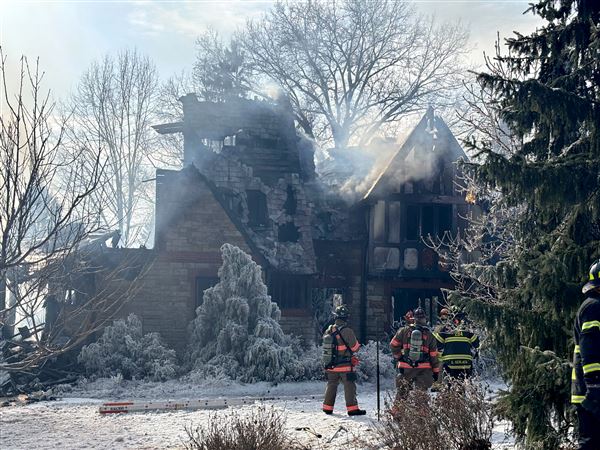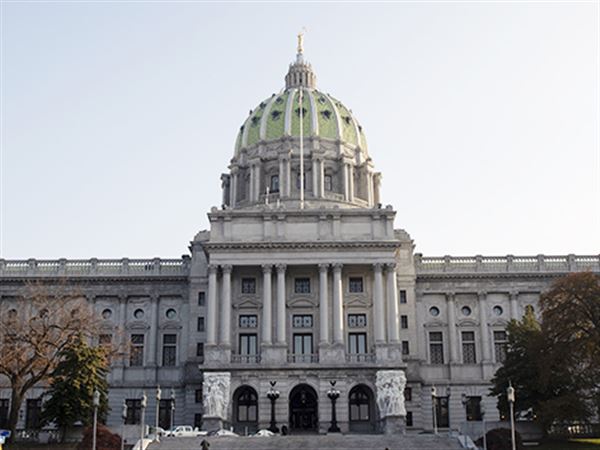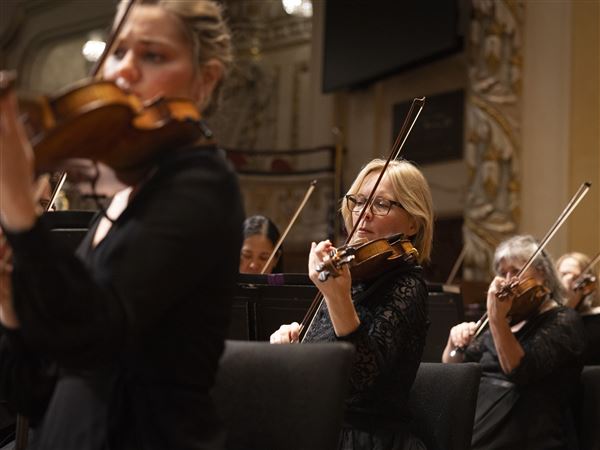No doubt many young Pittsburghers were very excited this morning to discover that a white-bearded visitor from the North Pole had dropped in last night. Well, Pittsbirders of all ages are getting excited about some white-feathered visitors from the North that have been dropping in all across the state. (Hint: the first says, “Ho, Ho, Ho,” and the second says, “Hooo, Hooo, Hooo!”)
Snowy owls (Hedwig of Harry Potter fame is one), the largest owls in North America, are in the middle of an irruption, a largely unpredictable movement of birds that has brought these owls thousands of miles south of their usual Arctic haunts, all the way to Pennsylvania and beyond. Irruptions often are triggered by high productivity (lots of chicks) stemming from high food availability (lots of lemmings) during the prior nesting season. Therefore, irruptions usually comprise mostly immature birds. Young snowy owls have more black markings on them than adults, and females have more black than males, so the whitest Snowy Owls are adult males and the darkest are immature females.
This year’s is one of the biggest irruptions ever — far bigger than two years ago when only a few birds reached Pennsylvania all winter long. Already more than 50 snowy owls have been observed scattered throughout Pennsylvania, and hundreds more have been seen to our north — some of these may yet move farther south into our area before winter’s end.
Away from the Arctic, these denizens of the tundra choose similarly open habitats for hunting, such as lake shores, farm fields and even airports. When hunting for mice in grassy areas alongside airport runways, they can pose a risk to airplanes, so wildlife agents usually trap and relocate them for the safety of people and owls alike.
In the winter weeks ahead, keep an eye out for any large white blobs on top of hay bales, fence posts or gravel piles — it might only be a carelessly discarded plastic bag, but it might just turn around and look back at you with brilliant piercing yellow eyes. If you do find a snowy owl, do not disturb it — these birds need to conserve their energy for surviving the winter so they can return to the Arctic to nest next spring. Remember, you can always see a snowy owl at the National Aviary — one named Fleury appears daily in our free-flight bird show “Talons.”
For more information on this year’s irruption, check out:
• “Our Birds — Snowy Owl” at www.aviary.org/animals/snowy-owl;
• “Snowy Owls for Christmas” at http://ebird.org/content/pa/news/snowy-owls-for-christmas;
• “Arctic Wanderers” at http://ebird.org/content/ebird/news/gotsnowies2013;
• “Snowy Owl Irruption Watch, 2013-14” at www.nemesisbird.com/news/snowy-owl-irruption-watch-2013-14.
First Published: December 25, 2013, 5:00 a.m.













